During its eighth test flight, SpaceX’s Starship — the upper stage of the most powerful rocket system ever built — suffered another midflight explosion on Thursday, once again interrupting air traffic across parts of Florida. This marks the second failed flight for the spacecraft this year.
The uncrewed vehicle launched at 5:30 p.m. CT (6:30 p.m. ET) from SpaceX’s Starbase in South Texas, with Starship perched atop the massive 232-foot (71-meter) Super Heavy booster. After firing for around two and a half minutes, the booster separated as planned and was successfully caught by the robotic “chopstick” arms of the launch tower — a milestone SpaceX has now achieved three times.
However, trouble emerged less than 10 minutes into the flight, as several of Starship’s engines began shutting down, causing the vehicle to lose control and tumble. SpaceX ultimately lost contact with the spacecraft, with Dan Huot, SpaceX’s communications manager, explaining on the livestream that the vehicle likely lost its ability to maintain proper orientation after losing too many engines.
The signal loss happened at almost the exact same point as the previous test flight in January, when Starship exploded over the Turks and Caicos Islands, scattering debris across populated areas. The exact location of Thursday’s explosion has yet to be confirmed, but witnesses in Florida and the Caribbean reported seeing the event.
The Federal Aviation Administration (FAA) temporarily halted flights into major Florida airports, including Miami, Fort Lauderdale, Palm Beach, and Orlando, due to the risk of falling debris. Departures from Miami and Fort Lauderdale were also paused for a time, with delays averaging 30 to 45 minutes into the evening.
Huot emphasized during the broadcast that SpaceX has multiple safety measures in place, including pre-defined debris response zones and close coordination with air traffic control. These protocols, he noted, were activated during the flight and remained in effect after the incident.
Later that evening, SpaceX released a brief statement providing preliminary findings. The company said that a “high-energy event” occurred near the back of the Starship vehicle toward the end of its ascent burn, damaging several Raptor engines. That loss of thrust caused the vehicle to lose control, ultimately leading to the loss of communication with Starship about 9 minutes and 30 seconds after launch.
SpaceX assured the public that any remaining debris would have landed within designated safety zones and posed no environmental threat. The company added that no hazardous materials were involved, and anyone discovering suspected debris was advised to contact SpaceX’s recovery hotline.
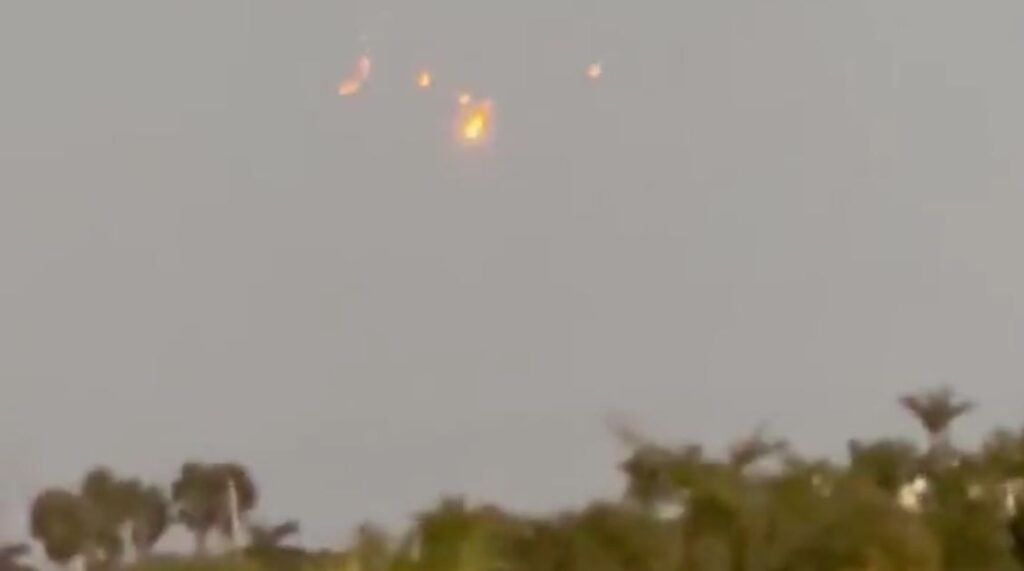
The FAA confirmed that it has launched a mishap investigation, requiring SpaceX to identify the root cause and develop corrective actions before Starship can fly again. The agency will oversee the investigation and must sign off on any findings before approving future launches.
Thursday’s attempt was SpaceX’s second try at launching Flight 8 after an earlier attempt on Monday was called off due to unresolved technical issues.
Flight 7’s fiery mishap
Thursday’s launch happened just seven weeks after Starship’s seventh test flight ended in an explosion, scattering debris across parts of the Turks and Caicos Islands on January 16.
The Federal Aviation Administration (FAA), which regulates commercial rocket launches, is still investigating that earlier incident. However, the FAA gave SpaceX approval on February 28 to proceed with Flight 8, stating that SpaceX had “met all safety, environmental, and licensing requirements for the suborbital test flight.” The investigation into the January mishap remains ongoing.
Following the Flight 7 explosion, the FAA confirmed that the Turks and Caicos government had been notified in advance that the islands fell within a designated potential hazard zone for the launch.
The FAA also explained that SpaceX was required to establish safety zones before launch, ensuring that the risk of injury to people on land or at sea stayed below the agency’s safety threshold of one in a million. The FAA stated that no Caribbean islands, including Turks and Caicos, exceeded that risk level.
Like Flight 8, the seventh test flight also failed less than 10 minutes into flight. SpaceX believes the incident was caused by a leak near a tank holding supercooled liquid oxygen — one of the rocket’s primary propellants.
Although there were no reported injuries or major property damage, a vehicle on South Caicos was struck by falling debris, and the explosion briefly disrupted air traffic as flight controllers redirected planes away from the area.
Residents of Turks and Caicos continue to report finding rocket debris scattered across beaches and roads. The local government has been working with SpaceX to develop a recovery and cleanup plan, though the details of that plan have not been made public. It’s also unclear whether the cleanup costs are being covered by SpaceX, the local government, or a combination of both.
Neither SpaceX nor the Turks and Caicos government has provided further comment on the cleanup efforts.
On Thursday, the government of Turks and Caicos issued a public advisory about the latest Starship incident.
“We wish to advise the public that this evening’s SpaceX launch appears to have broken up in flight,” the statement said. “We are in contact with the US FAA, SpaceX, and UK officials to confirm the situation. Post-incident protocols have been activated, and the National Security Secretariat will continue to provide updates to ensure the safety and security of our islands.”
Why these incidents are different
SpaceX has long operated under an approach it calls “rapid iterative development,” which emphasizes building, testing, and launching Starship prototypes at a fast pace — even if that means accepting the risk of explosions along the way.
What sets apart the last two missions — January’s Flight 7 and Thursday’s Flight 8 — is not just that they ended in failure, but where the debris ended up.
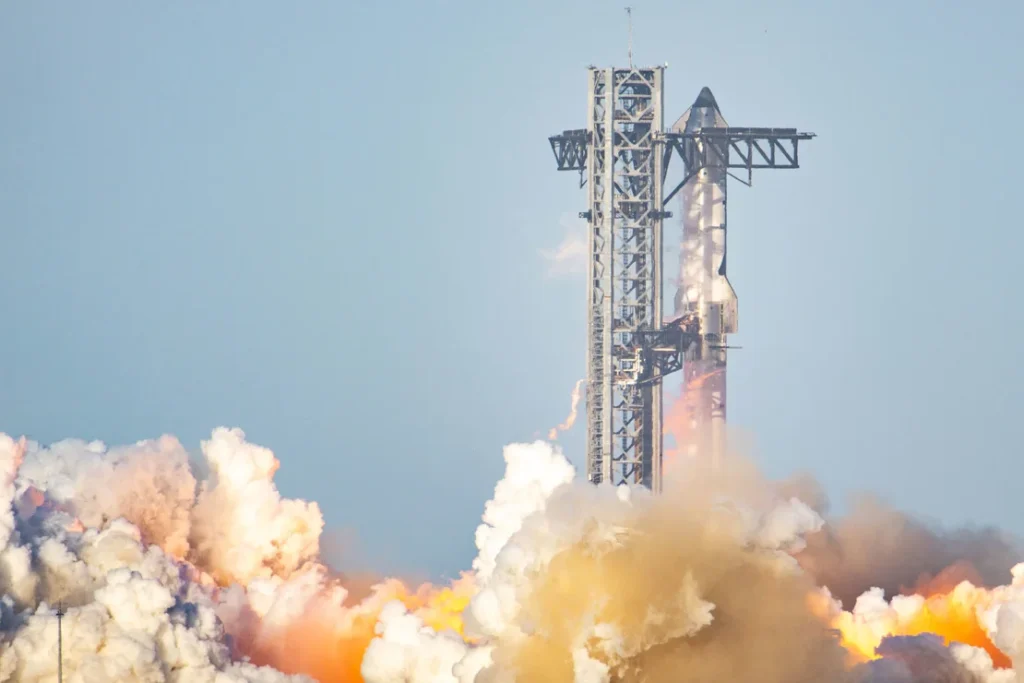
Earlier test flights, like Starship’s very first launch in 2023, resulted in explosions directly at SpaceX’s Starbase site in Texas, even damaging the launchpad. But with Flights 7 and 8, the rockets traveled much farther — over the Atlantic Ocean and the Caribbean — before breaking apart, sending debris into areas near inhabited islands.
The latest incident is sparking renewed scrutiny over why the FAA allowed SpaceX to proceed with Flight 8 before officially concluding its investigation into Flight 7 — and whether unproven, experimental rockets should be permitted to fly over regions where people live.
A series of upgrades
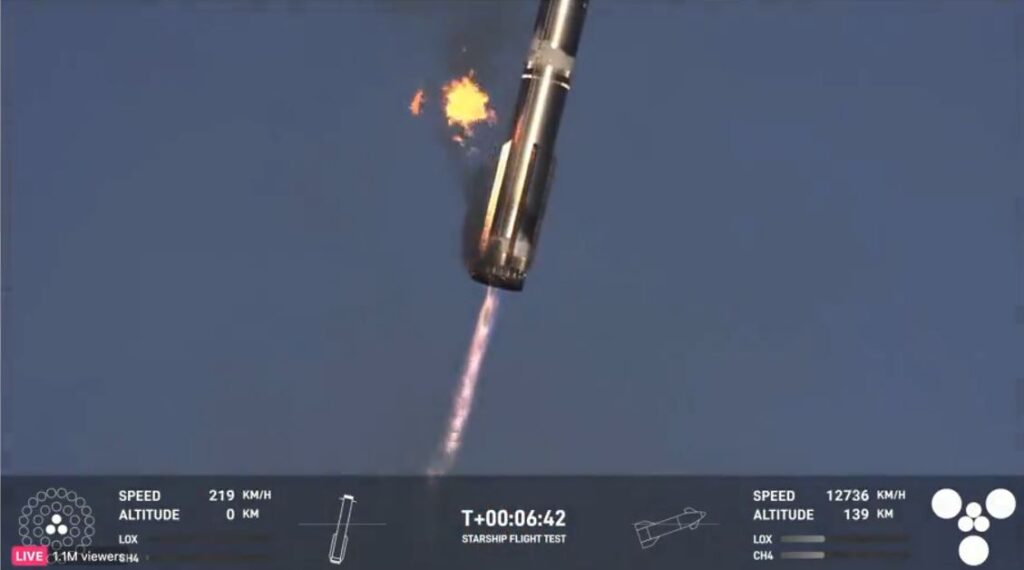
Thursday’s test flight was designed to push Starship to its limits, helping engineers identify weak spots and areas needing improvement. As part of that effort, SpaceX deliberately removed several of the spacecraft’s heat shield tiles to evaluate how certain areas would hold up. These black, hexagonal tiles play a critical role in shielding Starship from scorching temperatures — which can exceed 2,600 degrees Fahrenheit (1,427 degrees Celsius) — during reentry into Earth’s atmosphere.
The failure of January’s test flight led to a series of upgrades and design tweaks. SpaceX introduced new vents and installed a purge system aimed at reducing the risk of onboard fires.
Lessons learned from Flight 7 also prompted changes to the propellant feed lines that supply fuel to the engines, along with adjustments to the temperatures of the propellants themselves. SpaceX even modified the vehicle’s operating thrust target — essentially fine-tuning how much power the engines aim to produce during flight.
The Super Heavy booster received its own set of upgrades, including a more capable flight computer.
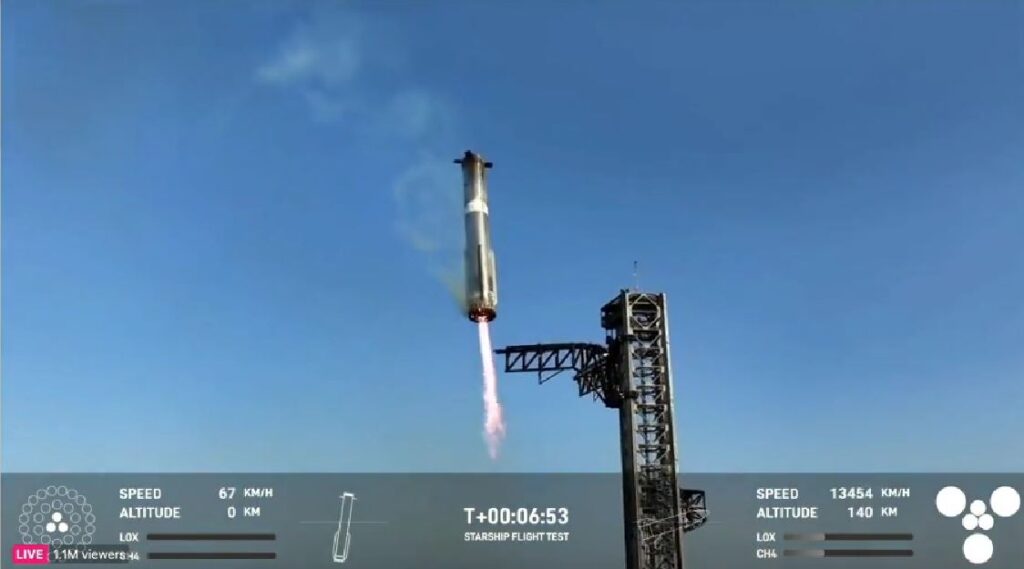
One of the goals for Flight 8 — roughly 17 and a half minutes after launch — was to deploy a set of dummy Starlink satellites for the first time. These test satellites were never meant to reach orbit, but the deployment would have provided valuable data. However, like the previous test flight, these objectives were never reached due to the vehicle’s failure earlier in the mission.

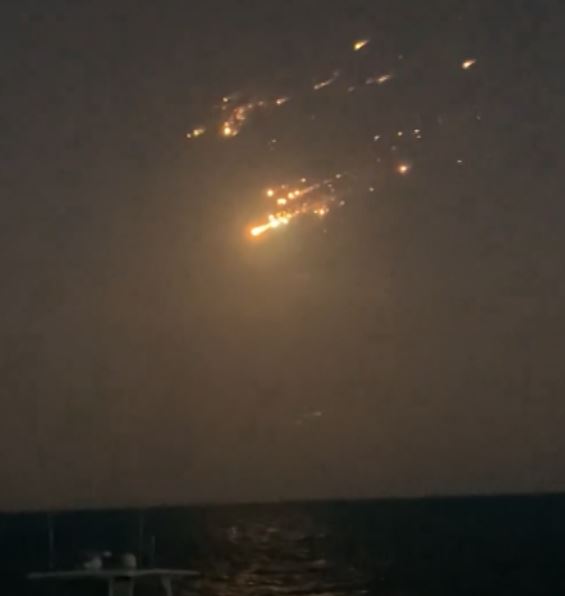




Leave a Reply